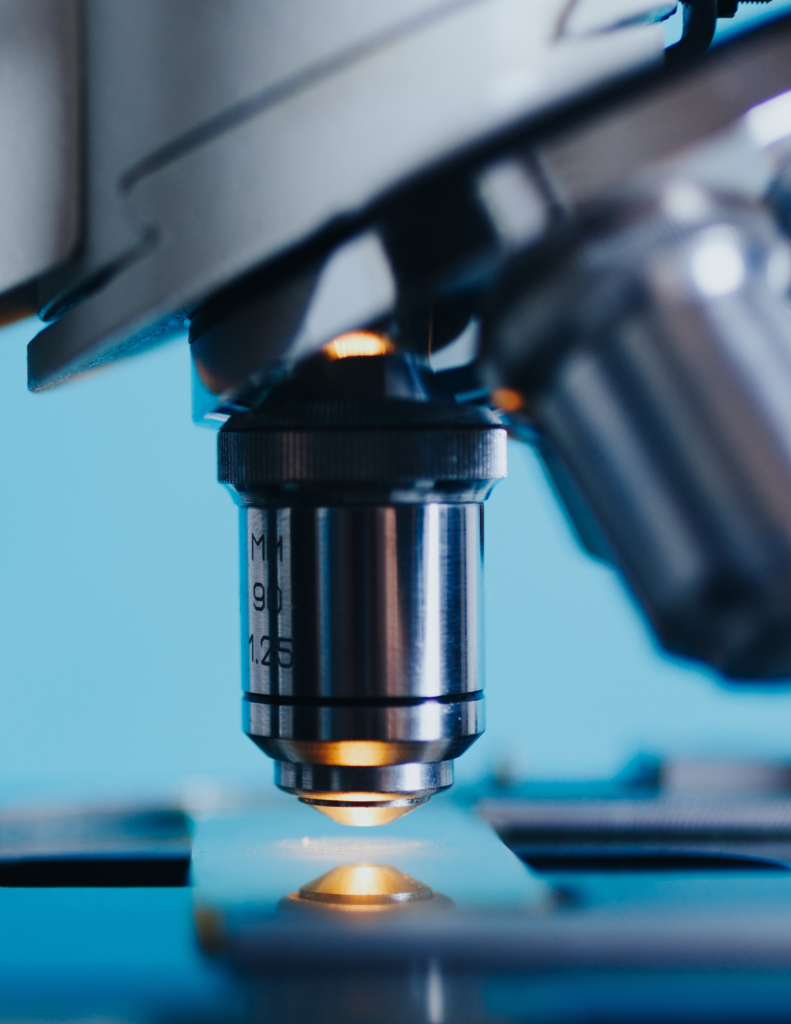Emerging Compounds

What is an emerging compound?
An “emerging compound” is a chemical or material that is characterized by a perceived, potential, or real threat to human health or the environment or by a lack of published health standards. A compound may also be “emerging” because a new source or a new pathway to humans has been discovered, or a new detection method or treatment technology has been developed.
The Environmental Protection Agency (EPA) maintains a list of emerging compounds in drinking water that may warrant further possible study and regulation. There is an established process in place within the appropriate federal agencies to provide further guidance to water utilities on testing and treating for emerging compounds.
What are sources of emerging compounds?
The sources of drinking water — both tap and bottled water — include rivers, lakes, streams, ponds, reservoirs, springs and wells. As water travels over the surface of the land or through the ground, it dissolves naturally-occurring minerals and, in some cases, radioactive material, and can pick up substances including the emerging compounds resulting from the presence of animals or from human activity.
Compounds that may be present in source water include:
- Microbial compounds, such as viruses and bacteria, which may come from sewage treatment plants, septic systems, agricultural livestock operations and wildlife;
- Inorganic compounds, such as salts and metals, which can be naturally-occurring or result from urban stormwater runoff, industrial or domestic wastewater discharges, oil and gas production, mining or farming;
- Pesticides and herbicides, which may come from a variety of sources such as agricultural, urban stormwater runoff and residential uses.
- Organic chemical compounds, including synthetic and volatile organic chemicals such as pharmaceuticals and personal care products, byproducts of industrial processes and petroleum production, including the emerging compounds, can also come from gas stations, urban stormwater runoff, and septic systems.
- Radioactive compounds, which can be naturally occurring or be the result of oil and gas production and mining activities.
Drinking water, including bottled water, may reasonably be expected to contain at least small amounts of some of these compounds. Their presence does not necessarily indicate that water poses a health risk.
A trace amount is measured in parts per trillion. The ability to test compounds at these minute levels is relatively new.
Defining Testing Levels
ppm = parts per million or milligrams per liter, mg/l.

One part per million corresponds to one minute in two years or one drop of water in a hot tub.
ppb = parts per billion, or micrograms per liter, ug/l.

One part per billion corresponds to one minute in 2,000 years or one drop of water in an Olympic size swimming pool.
ppt = parts per trillion, or nanograms per liter, ng/l.

One part per trillion corresponds to 30 seconds in one million years or one drop of water in a six acre lake.
What is the Northern Kentucky Water District doing about emerging compounds?
NKWD uses advanced treatment processes of granular activated carbon (GAC) and ultraviolet disinfection as part of a multi-barrier approach that also includes coagulation, sedimentation, filtration, and chlorine disinfection. NKWD takes drinking water quality very seriously and our water consistently meets State and EPA requirements. NKWD will continue to monitor this issue and will look to the State and EPA for further information and guidance.
More Information:
For more information, you can contact our Laboratory at (859) 441-0482.
Additional Resources:
- EPA's website
- EPA’s Safe Drinking Water Hotline at (800) 426-4791
- American Water Works Association’s sponsored website
